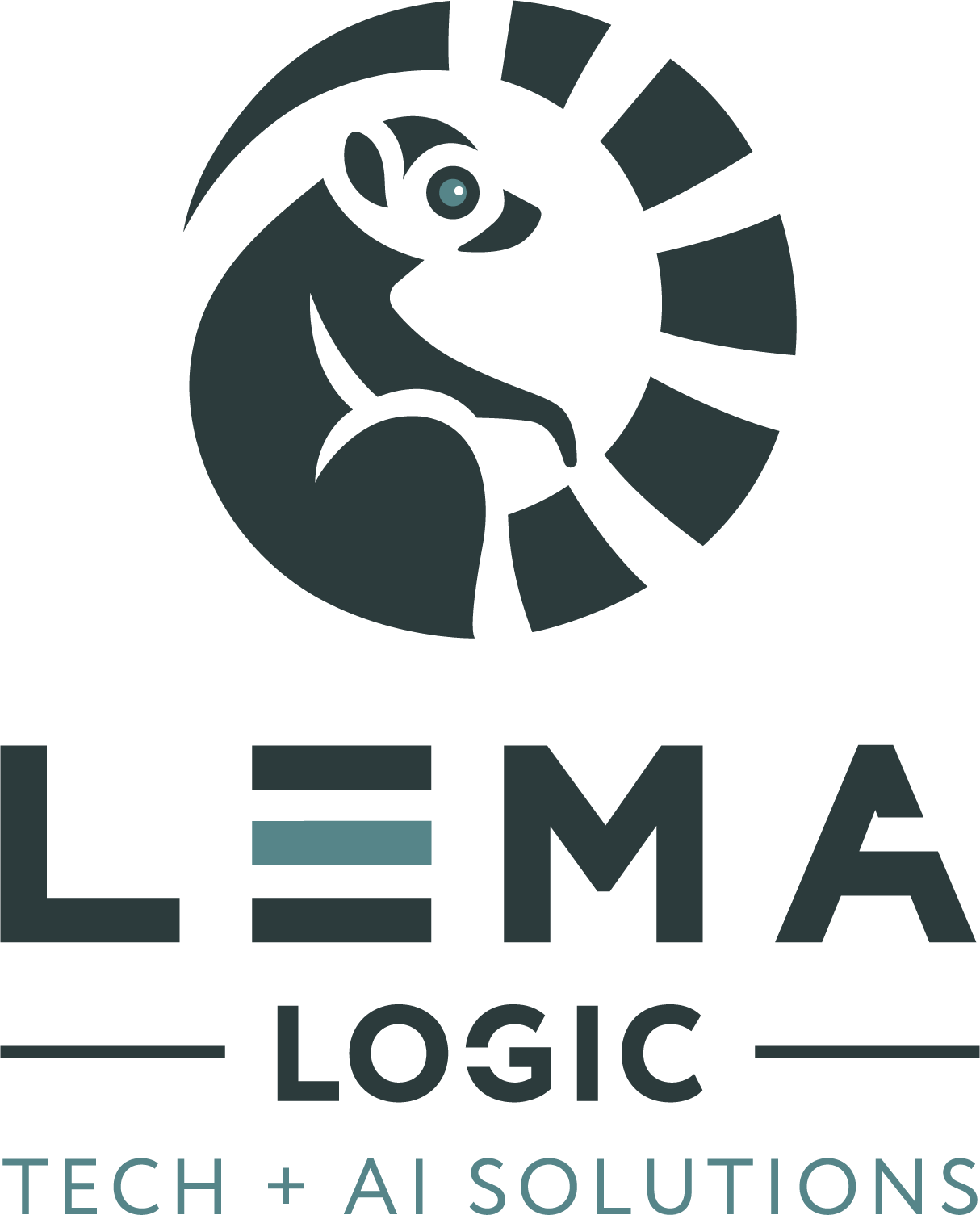
Why Almost Everybody Is Wrong About DeepSeek vs. All the Other AI Companies
OpenAI is DOOMED! NVIDIA is IRRELEVANT! CHINA defeated AMERICA! AI is OVER!
These claims are all over the Interwebs this week after the release of the fully open-sourced DeepSeek V3 and DeepSeek R1 models.
Let's talk about how all of this is completely ludicrous.
Big AI Companies Will Lose to DeepSeek’s Open Source
Common Claim: Open-source projects level the playing field, undermining big corporate labs.
Reality Check: Major AI companies have no trouble incorporating open-source innovations. Sometimes, it seems like a one-way street. DeepSeek shares its code, but the big players (such as the tragically ironic OpenAI) aren’t sharing theirs. The advantage remains (initially, at least) with well-funded labs that can mix proprietary research with open-source breakthroughs. Open-source developers are smart, though, and can usually deconstruct and reengineer the private advances and then fold them back into the open-source systems, and then improve it with their own new insights.
Takeaway: Rather than “losing,” these companies stand to benefit from DeepSeek’s advances. They can fold new techniques into their internal frameworks and continuing to innovate on their own roadmaps while benefiting from the open-source community.
NVIDIA Is Doomed by Cheaper Model Deployment
Common Claim: If DeepSeek runs on cheaper hardware, who needs NVIDIA?
Reality Check: Sure, more efficient architectures can run on less expensive setups, but speed matters, especially in enterprise deployments where slow inference can kill the user experience. NVIDIA’s GPU ecosystem remains a leading choice for scaling large models and hitting the performance metrics that businesses crave.
Takeaway: When speed is gold, stronger hardware is still the go-to. NVIDIA’s name, advanced hardware, CUDA libraries, and robust support ecosystem keep them in a prime position, even if new alternatives continue to emerge.
Open-Source Success Hurts the Competitive Landscape
Common Claim: DeepSeek’s release automatically corners the market.
Reality Check: Open-source breakthroughs rarely crowd out industry incumbents. If anything, they spur fresh innovation across the board. Proprietary companies can incorporate DeepSeek’s features into their own services, for free, while continuing to develop private R&D that’s kept under wraps. DeepSeek helps everyone grow, including and especially the more secretive AI companies.
Takeaway: DeepSeek’s open-source success story should encourage progress, not overshadow the entrenched players.
DeepSeek Is So Cheap That Other AI Companies Will Suffer
Common Claim: Because DeepSeek’s model can be run and trained more cost-effectively, competitors will lose business or fall behind.
Reality Check: In practice, companies constantly refine their own techniques to cut training and inference costs. If DeepSeek’s methods truly drive down expenses, big AI labs and startups alike can adopt or adapt those innovations. Historically, lower costs have expanded AI’s adoption by fueling more consumption of AI services, not less.
For example, when ChatGPT was first released, API token costs were considerably higher than they are now. Over time, OpenAI has repeatedly slashed those prices, making advanced language models increasingly affordable. This downward cost trend is likely to continue, increasing AI adoption across all markets.
Takeaway: The cheaper AI gets, the more businesses and developers want to use it. Far from hurting other companies, DeepSeek’s cost efficiencies can spur an industry-wide wave of demand. Everyone gains when AI barriers drop.
Additional Points to Consider
Data & Proprietary Resources
While DeepSeek’s code is openly available, many proprietary labs have exclusive datasets or specialized infrastructure not shared publicly. That gives them a unique edge in refining or retraining models.
Ecosystem & Tooling
Enterprises don’t just look at model performance. They also need robust tooling for deployment pipelines, security frameworks, monitoring systems, etc. which proprietary platforms often integrate seamlessly. A single open-source model can’t replace an entire production ecosystem.
Cost & Complexity of Training
Even with open-source code, training massive models requires substantial compute budgets and top engineering talent. Smaller teams often adopt these models “as is” or invest minimally in customization. Open source models benefit from the improvements and learnings that come from Big AI spending millions or billions to improve their models. Then the open-source community quickly figures out what they did, put their own twists on it, and improvements continue for everybody in this recurring loop.
Community-Driven Improvements
The open-source community iterates quickly with plug-ins, forks, and bug fixes. Big corporate labs may integrate these changes selectively, while still keeping parts of their own research behind closed doors.
Real-World Performance vs. Benchmarks
Benchmarks don’t capture real-world complexity like latency, domain-specific tasks, or edge cases. Enterprises often need more than raw performance, also needing reliability, ease of integration, and robust vendor support. Enterprise money will support the industries providing these services.
But Censorship!
The underlying model itself does not appear to be particularly censored, and the front end application appears to do most of the censoring. If you do a little prompt engineering, you can get it to talk about the censored topics, so the data is in there.
These models are already being recreated by Huggingface and others in such a way to remove censorship issues, which will be available shortly after these models are released.
All models will have their own implicit biases and explicit biases (remember when you couldn't ask ChatGPT about David Mayer). It is not unreasonable that China would impose their own onto their models as well. But these are not that difficult to get around and certainly do not negate the value of the advances that DeepSeek has brought to the AI industry.
UPDATE: We did a test to see if the model is actually censored. TL;DR: No.
We did another test on the model (not the website or app) to see if it would reasonably discuss Taiwan Independence, which we think it did reasonably well at.
Before you install the DeepSeek App...
Keeping in mind the current controversy around Tiktok and the bans on installing a Chinese application on government devices, you might not want to install the DeepSeek application on your devices as well considering the close integration of the Chinese government and Chinese businesses.
If you want to try it out, consider using the website version or installing a model locally to try it out.
However, it is also reasonable to assume that anything you put into the app or their website will be going to the Chinese government as well, so factor that in as well.
Therefore...
The world of AI thrives on a mix of open-source innovation and private enterprise R&D. Far from signaling the demise of leading American AI firms or NVIDIA, DeepSeek’s open-source innovations will actually strengthen the entire ecosystem by making top-tier research more accessible and allowing well-funded labs to blend that knowledge with their own, iterate, improve, and repeat.
Everybody wins in this scenario, from enterprise customers to individual developers, who now have more tools, more choices, and more reasons to push the boundaries of what AI can do.


